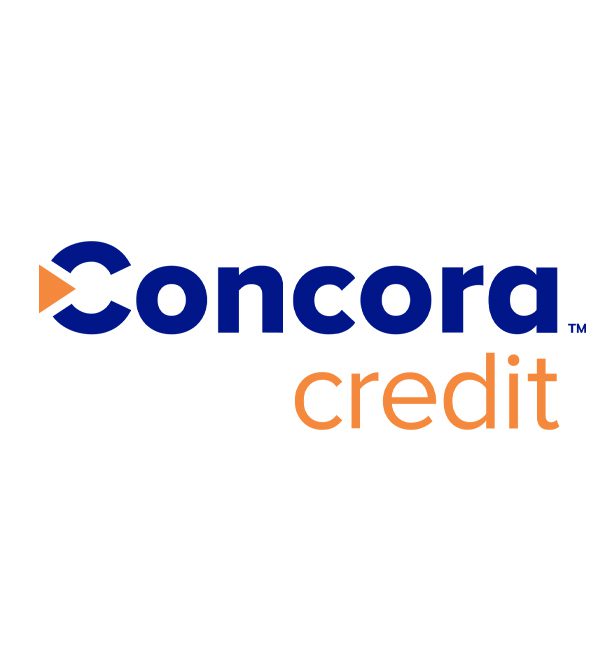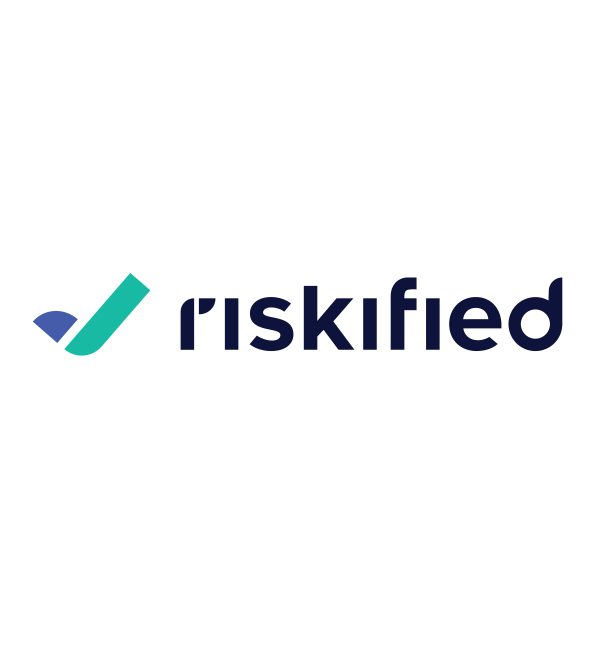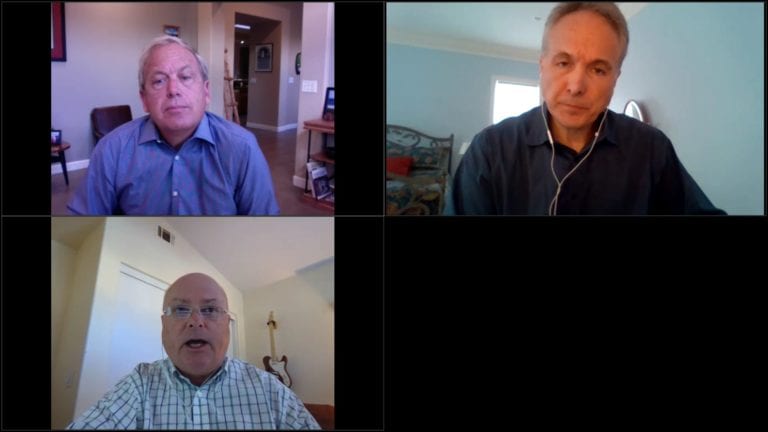It’s not a pretty picture to imagine, but let’s face it: There’s very little pretty about our current economy. So forgive Mitchell Stiles when he explains the best way for furniture retailers to reduce their cash-burn rate during this economic shutdown.
“It’s like having 10 people in a lifeboat, and in order for the boat not to sink you have to tell two people to get out,” said Stiles, vice president of retail operations for Home Furnishings Association member Badcock Corp. “Those are the kinds of tough choices retailers are going to have to make pretty quickly because a lot of us are in survival mode.”
With little or no revenue coming in, furniture retailers, who enjoyed a decade of money and growth on credit, are suddenly acquainting themselves with a different strategy: hoarding cash. Stiles and Mark Schumacher, executive vice president of the HFA, discussed strategies for retailers to determine and manage their cash-burn rate during a recent HFA webinar.
Calculating your burn rate
The cash-burn rate is simple: Expenses divided by revenue. If a store is spending $100,000 a month and bringing in $200,000, the burn rate is 0.5, or 50 percent. That’s easy enough to figure out, said Stiles. The rub here is nobody knows just how long this economy will continue this way. “We don’t know where this thing is going. We don’t know where and when it will end,” he said. “That’s the biggest thing on my mind as a business owner. We could all prepare better, digest for it, budget better if we had an end date.”
Two weeks ago, Badcock officials based their cash-burn rate on a 20 percent decrease in sales. “We worked through the problem but were not asking the right question,” Stiles said. “The right question we should be asking is, what does it look like for a 100 percent decrease?”
Stiles said retailers who have been forced to temporarily shut their doors and have no revenue coming in need to be wide open to all possible reductions in expenses. “That means rents, advertising, payroll, vendors — everything,” said Stiles. “I encourage you to go to your landlord and talk about rent abatement options. Advertising — now is the time to go dark, and really go into social, cut back where you can. Your payroll needs to get skinny.”
Stiles said letting longtime employees go is never easy — even more so in an industry teeming with family businesses — but for the short term it might be necessary. “If it saves your business and they can come back six months from now, it will be worth it,” he said.
The Catch-22 of declining revenue
Stiles said reducing your burn rate — either by trimming expenses or bringing in more revenue — can be tough when nearly three-quarters of the nation is staying home. “It’s a Catch-22 because adding revenue costs money as well,” he said. “To sell product, you need to buy product. It’s a tightrope to walk. But when things get tight, the harder that cash outlay is, so we’re cutting expenses.”
That means Badcock Corp. is furloughing employees. Its 300-plus dealers are furloughing employees, too. Badcock’s executive team is taking salary cuts, and the company had temporarily frozen 401(k) matches. “These are all items you can do as a small business,” he told HFA members sitting in on the webinar.
One of the biggest monthly cash outlays for furniture retailers is rent. It’s also one of the easiest to control right now, said Stiles. “I know a lot of our dealers are talking to their landlords. Some landlords are reaching out and saying, ‘Hey, we’ll give you 50 percent off rent.’”
Stiles said retailers should resist the urge of following some businesses’ lead of simply refusing to pay rent for April as The Cheesecake Factory and its affiliated restaurants have done. Badcock, which carries its own paper, has long described itself as a finance company that happens to sell furniture. “None of us would like it if our customers did not pay for their furniture,” Stiles said. “Go to your landlord and talk to them. They might give you three months’ free rent. You never know what your landlord will do to keep you as a tenant.”
Stiles had one more thought for struggling retailers: Learn from this economy. “There will be disciplines to learn to help you survive this. You would hope those lessons of leanness would be implemented forever so that when this is all over, you’ll be stronger than when you went in.”
[Watch the HFA Webinar, How to calculate (and manage) your cash-burn rate]











